Latest News
Robust application potential in gaming sector to boost adoption of 3D rendering
 Reading Time: 4 minutes
Reading Time: 4 minutes
3D rendered images form a pivotal part of everyday processes of late. Whether it is an animated television show, visuals in magazines, the towering billboards across the roadsides or even social media visuals, 3D rendered images are an integral part of most visual content.
3D rendered images are usually photorealistic and involve a series of processes that begin with 3D modeling and conclude with a 2D image simulating a photograph. Since 3D rendering is a complex and considerably technical process, these types of images have historically been limited to large corporations with adequate resources, both in terms of software and skilled workforce.
Recent years, however, have observed a significant change in the 3D rendering market outlook. Owing to ongoing technological evolution, the tools and software required for 3D rendering have become easier to operate and relatively cost-effective. Consequently, businesses are now able to create attractive and photorealistic 3D rendered content without overshooting their content marketing budget. (source: Global Market Insights, Inc.)
3D rendering refers to the creation of a photorealistic image from a model, through the use of software. 3D rendering is used extensively across industries like gaming, architecture, media, visual effects, simulations, etc. due to their burgeoning requirements for thorough product development.
3D rendering uses visual effects such as texture mapping, shading, motion blurs, shadows, reflections, and more to provide an authentic appearance to the final images.
As technology progresses, rendering algorithms and hardware accelerations are transforming at a rapid pace, making the technology stronger than ever. This, combined with the availability of high-end engineering workstations at economical price points, is spreading the popularity of 3d rendering far and wide.
FluidRay, SolidWorks, V-Ray, 3Delight and Autodesk are some of the most prominent 3D rendering software solutions at present.
Real-time rendering and its impact on animation and gaming
3D rendering demonstrates significant potential for application in the media, entertainment and gaming industries, which witness strong demand for high-definition 3D graphics and animations rendered into visual or 2D models. 3D modeling technologies are adopted widely for the development of applications such as movies, illustrations and video games, among others.
3D rendering can be categorized into two broad segments; real-time or online rendering and pre-rendering or offline rendering. Of these, real-time rendering has gained tremendous acceptance from the gaming industry, where the creation of realistic scenarios and eye-catching graphics reigns supreme.
Real-time rendering involves animation of images at such a speed that they appear to be occurring in absolute real time. The rendering process, also known as the “pipeline” has three main conceptual steps – application stage, geometry stage and rasterizing stage. At the end of the rendering process, an animation is created, occurring seemingly in real time, measured by frames produced per second.
For instance, Unity Technologies’ interactive story game, Book of the Dead demonstrates the immense proficiency of their new Unity 2018 Scriptable Render Pipeline, augmenting the customizability of the rendering architecture in addition to granting developers more control. The secret behind the strikingly lifelike graphics is the Unity Demo Team’s usage of real-time environmental assets, by scanning real-world objects and textures. (Source: Unity Technologies)
Architectural visualization is a boon to the construction industry
The construction industry is likely to gain considerable traction in the overall 3D rendering industry. This growth is largely attributable to the proliferating demand for real-time and virtualized design and planning experience.
3D rendering, also known as architectural visualization, gives designers, architects and 3D artists the tools they need to develop 3D designs in real time and glean an in-depth view of the quantitative and qualitative aspects of the project being designed.
The technology also serves as a lucrative modeling tool for planning consultants and designers, giving them the chance to gain quick feedback and make the desired changes instantly.
Recently, graphic card producer AMD has introduced the AMD Radeon Pro W5700, the first 7nm professional PC workstation graphic card in the world. The card is designed specifically for architects, engineers and 3D designers, to enable them to visualize, appraise and interact with their creations in real time, thereby speeding up product development and decision-making processes to a great extent.
Pro W5700, the first 7nm professional PC workstation graphic card in the world. The card is designed specifically for architects, engineers and 3D designers, to enable them to visualize, appraise and interact with their creations in real time, thereby speeding up product development and decision-making processes to a great extent.
3D rendering eases product prototyping process
3D rendering software services are quickly becoming an integral part of product design and modeling services. Used broadly in the consumer electronics market, for promotional activities, they give organizations the ability to develop 3D models of their product, in turn allowing consumers to interact with the product in the virtual space.
3D rendering also gives product manufacturers the freedom to unleash their creativity in the form of striking visuals for advertisements that showcase all the features and capabilities of their product.
Product engineers and designers generally use 3D rendering during several stages of the product development cycle; typically during the concept development phase to facilitate buy-in and at a later stage following the completion of 3D CAD models to add visual assets that will help promote and sell the final product.
Prototype creation can be sped up significantly by using 3D rendering technology. The initial prototype development stage usually involves the use of a 3D rendered image, which is immensely advantageous for marketing, allowing enterprises to develop prototypes quickly and utilize them for early pre-release promotional campaigns.
An example of this would be renowned apparel brand Tommy Hilfiger, which has recently announced the integration of 3D technology into its apparel design teams across the globe, with their Spring 2022 collection slated to be the first to be designed entirely through Tommy Hilfiger’s exclusive 3D design platform. According to company sources, the incorporation of 3D into their design process will soon replace conventional product photography completely and enable the company to cater to consumer demands at an accelerated rate and in a more sustainable fashion. (Source: Yahoo Finance)
Source: Latest News on European Gaming Media Network
This is a Syndicated News piece. Photo credits or photo sources can be found on the source article: Robust application potential in gaming sector to boost adoption of 3D rendering

Latest News
Tequity and iBankroll forge strategic partnership
Tequity, the technology partner behind some of the industry’s most scalable and customisable gaming solutions, has announced a strategic partnership with iBankroll that brings together two complementary engines of operator growth: high-performance Originals content and a liquidity support solution designed to remove exposure and empower operators to scale responsibly.
The partnership reflects a shared ambition to help operators overcome both creative and capital constraints. Through iBankroll’s Bankroll-as-a-Service solution, partners gain access to Tequity’s modular Remote Game Server (RGS) and its expanding portfolio of fully customisable Originals – a suite of provably fair, streamer-friendly, brandable titles engineered for next-generation engagement.
By aligning liquidity support with cutting-edge content delivery, the partnership aims to remove longstanding barriers in the iGaming sector – whether related to volatility, differentiation, or the technical bandwidth required to launch new experiences at speed.
Operators will now be able to offer bigger limits, streamline withdrawals, and deploy fully brandable Originals, supported by a capital-efficient foundation that enhances consistency and theoretical value.
With operators increasingly seeking adaptable content frameworks and operational models that support higher limits and smoother user experiences, the collaboration introduces an integrated pathway to growth.
The joint rollout marks the beginning of a broader collaboration, with both companies focused on accelerating innovation across fintech and gaming technology.
Dominic Sawyer, VP Growth at Tequity, said: “iBankroll removes the capital constraint for ambitious operators. Tequity does the same on the content side with high-performance, fully brandable house games. Together, we give partners the confidence to offer bigger limits and smooth withdrawals on games that players genuinely love.”
Hayden Bowman, Co-Founder of iBankroll, added: “Tequity’s engineering expertise, scalable infrastructure, and standout Originals portfolio make them an ideal partner. Bringing their technology together with our Bankroll-as-a-Service gives operators a compelling foundation to grow, innovate, and future-proof their business.”
The post Tequity and iBankroll forge strategic partnership appeared first on Gaming and Gambling Industry Newsroom.
Latest News
ENJOY expands distribution through SoftGamings partnership
Collaboration marks a key step in ENJOY’s ongoing growth strategy
ENJOY, the dynamic iGaming content developer, has broadened its market access through a new partnership with SoftGamings, bringing its slot and live casino portfolio to one of the industry’s leading aggregation platforms.
The deal sees ENJOY’s content, including standout releases Hotfire Diamonds, Bison Strike and Grand Lightning, made available to SoftGamings’ extensive network, reinforcing the studio’s strategy to deliver its titles across multiple markets.
The integration is the latest in a string of alliances with key industry stakeholders, and reaffirms the studio’s commitment to innovative design, technical reliability and long-term commercial impact.
Christos Zoulianitis, Chief Commercial Officer at ENJOY, said: “This new partnership firmly places ENJOY’s games in front of a wider audience seeking proven, high-quality entertainment.
“SoftGamings has established itself as a trusted distribution partner, and this collaboration supports our focus on sustainable, global growth.”
Inna Lukina, Head of Partnerships at SoftGamings, added: “ENJOY delivers strong, player-focused content that stands out for both its technical execution and playability.
“Adding its titles to our platform offers our clients access to a brand with clear creative direction and momentum.”
The post ENJOY expands distribution through SoftGamings partnership appeared first on Gaming and Gambling Industry Newsroom.
Latest News
PRAGMATIC PLAY STRIKES GOLD WITH FORTUNE OF OLYMPUS
Pragmatic Play, a leading content supplier to the iGaming industry, unleashes a thunderous new entry in its iconic Greek Gods series with Fortune of Olympus – an electrifying 7×7 cluster-pays slot charged with random multipliers, dynamic special bets, and a 10,000x max win.
Fortune of Olympus is the latest feature-packed addition to the industry-leading Gates of Olympus universe. The blockbuster slot delivers explosive action as clusters of 5-15+ matching symbols reward players with wins of up to 150x in the base game.
On any spin, mighty multiplier symbols worth 2x-500x can strike the grid. When multiple multipliers hit, their values combine and detonate into a single, supercharged payout at the end of the tumbling sequence.
Landing 4-7 scatter symbols triggers the bonus game, awarding 15-30 free spins. During this striking feature, every multiplier that appears is added to a growing total multiplier, which is applied to all subsequent wins in the round, building tension and potential with every spin.
Players in certain markets can also amplify the action with special bets. Ante bets boost the chance of triggering Free Spins or Super Free Spins. The two Super Spins options guarantee at least one multiplier on every spin, with the second raising the minimum multiplier value to 50x.
Those eager for instant power can jump straight into Free Spins or Super Free Spins via 100x or 500x bonus buys, with the latter ensuring all multipliers start from 5x and above.
Fortune of Olympus marks the triumphant return of Pragmatic Play’s legendary Zeus character, following the success of Gates of Olympus Super Scatter and Gates of Olympus 1000, and pushes the fan-favourite series into thrilling new territory.
Irina Cornides, Chief Operating Officer at Pragmatic Play, said: “Fortune of Olympus is a stunning addition to Pragmatic Play’s popular Greek Gods series and a distinctly different kind of outing for Zeus. Taking the iconic Gates of Olympus series in a thrilling new direction, this feature-rich slot delivers a standout experience with epic win potential.”
The post PRAGMATIC PLAY STRIKES GOLD WITH FORTUNE OF OLYMPUS appeared first on Gaming and Gambling Industry Newsroom.
-
Latest News3 months ago
Announcement: 25th September 2025
-
Latest News3 months ago
AI-Powered Gamification Arrives on Vegangster Platform via Smartico
-
Latest News1 month ago
JioBLAST Launches All Stars vs India powered by Campa Energy: A New Era of Creator-Driven Esports Entertainment
-
Latest News3 months ago
The Countdown is On: Less Than 3 Months to Go Until The Games of The Future 2025 Kicks Off in Abu Dhabi
-
eSports1 month ago
CS:GO Betting Gains Momentum in the iGaming Sector
-

 Latest News4 days ago
Latest News4 days agoSCCG Announces Strategic Partnership with Yellow Elephant Studios to Expand Multi-Channel Gaming Content Worldwide
-
Latest News3 months ago
Adidas Arena Set to Welcome the 2026 Six Invitational
-
Latest News3 months ago
LiveScore Group announces transformational partnership with X and xAI to drive the future of integrated sports media and betting


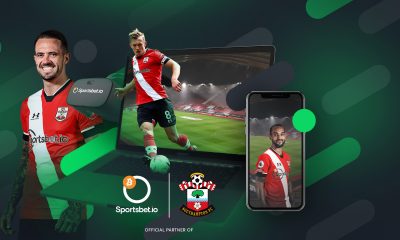

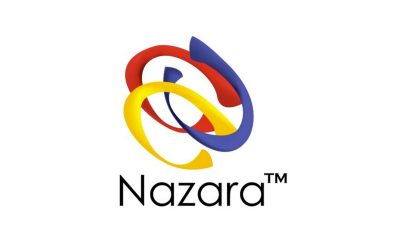







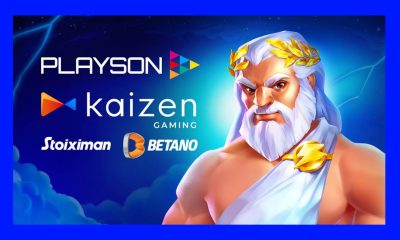


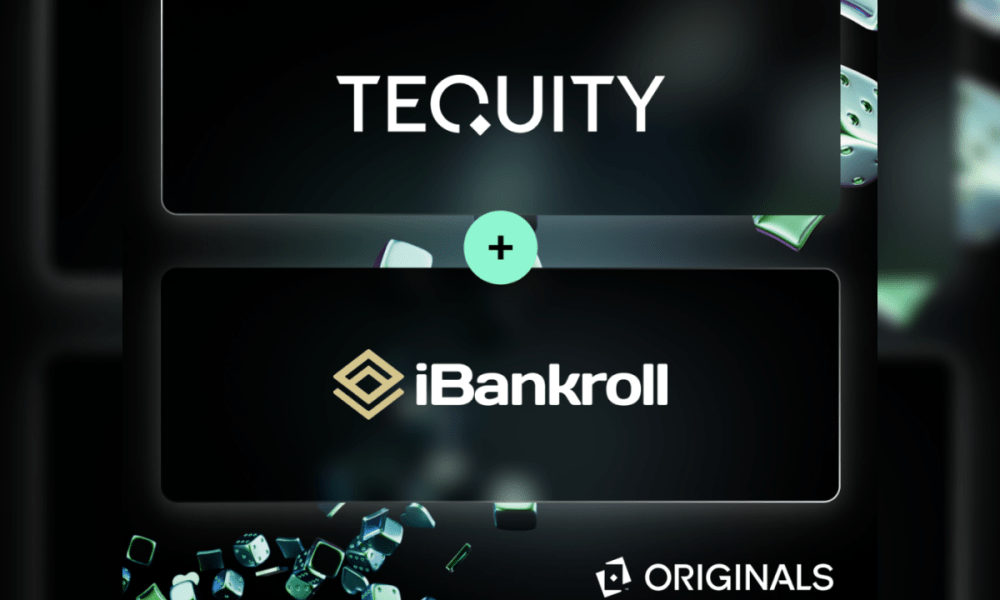


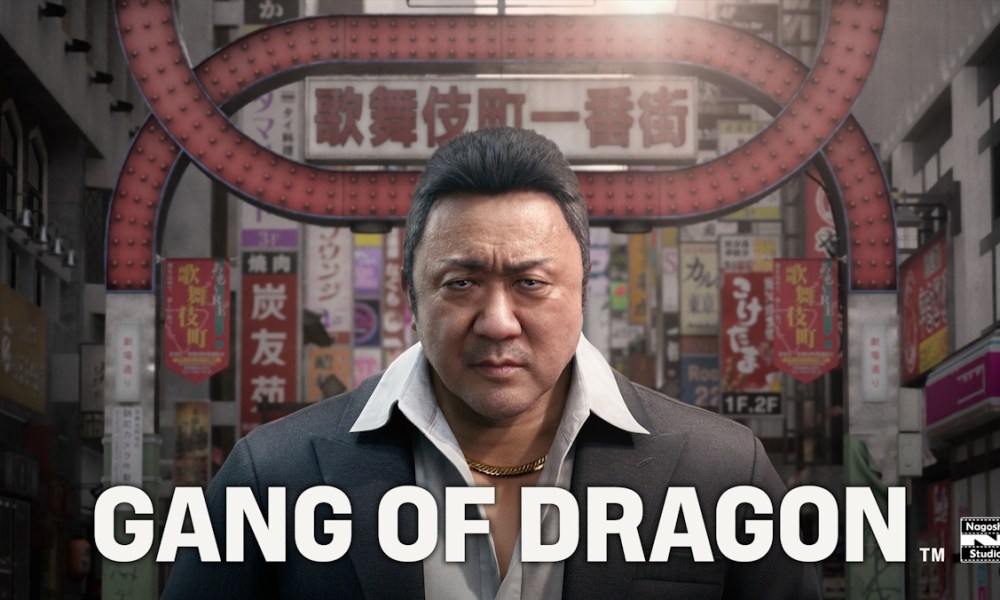
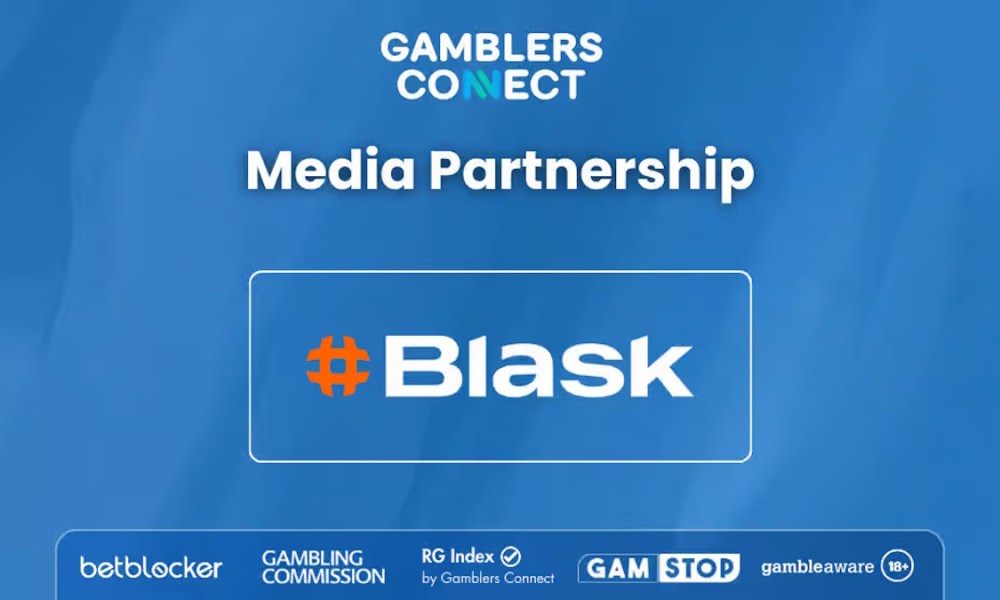

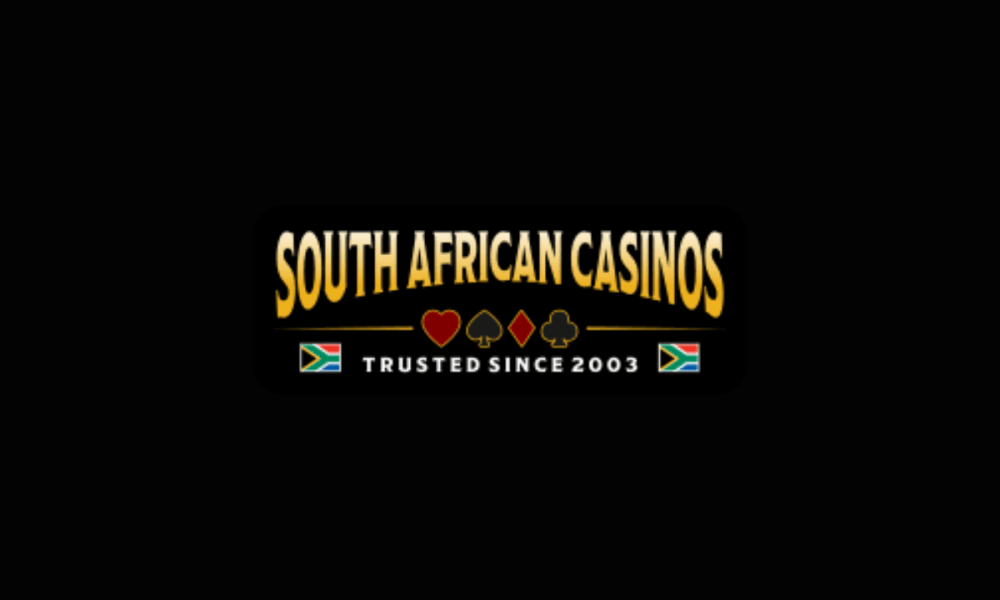
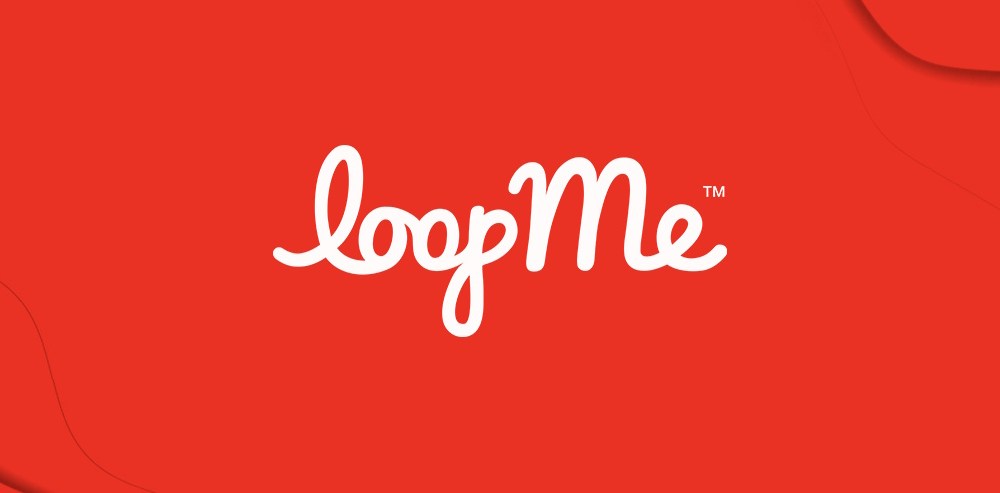
You must be logged in to post a comment Login